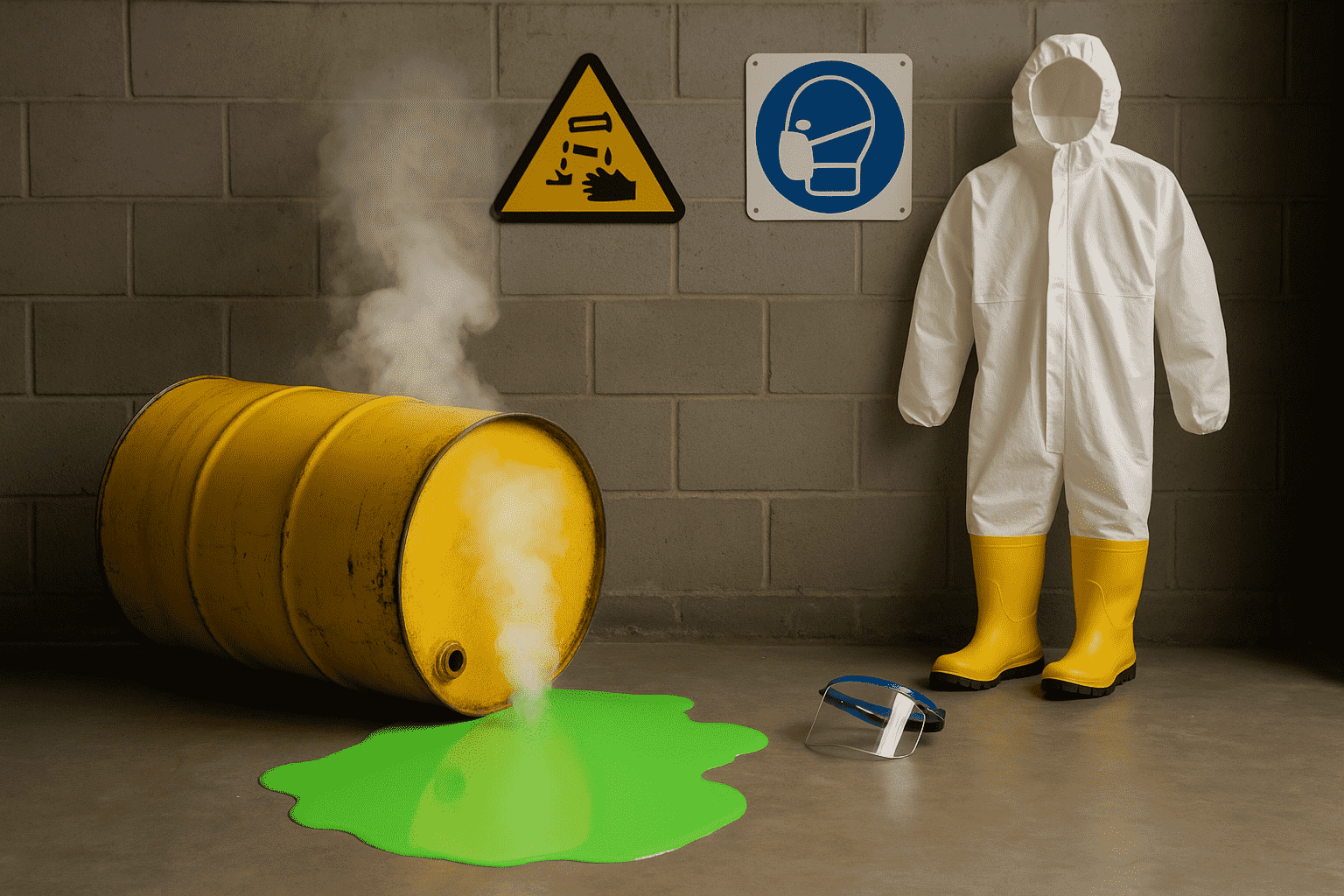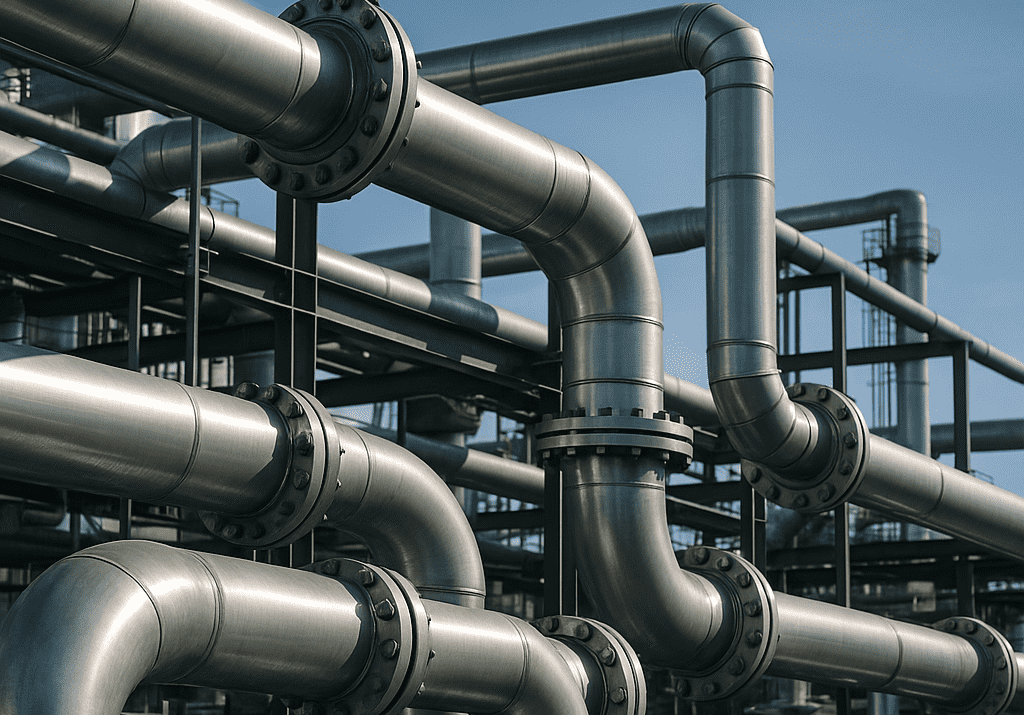Are Floating Oil Skimmers Most Efficient?

The number of accidental oil spills is on the rise and at the same time various industrial processes generate wastewater containing oil beyond the permissible discharge limits both, posing a threat to our environment. Whereas, in certain industrial applications oil is recovered for reuse. Whichever the case, oil skimmers are deployed to recover oil from the liquid.
Oil skimmers are reliable, cost-effective, and efficient tools for removing oil, grease, hydrocarbons, and coolants from water. They are ideal for use during spills and prior to treatments such as membrane filtration, chemical process, and the like. The oil skimmer can either be fixed or floating. The fixed oil skimmers are installed at a pre-determined location whereas, a floating oil skimmer floats on the surface of the water while skimming oil. It is said that floating oil skimmers are most effective in oil skimming.
How?
To understand how we must first understand the working of oil skimmers. All oil skimmers whether fixed on floating rely on the three main working principles, which are:
Specific Gravity– oil particles have lower specific gravity than water. Lower specific gravity allows oil particles to rise and float on the surface of the water.
Cohesion– due to the property of cohesion oil particles attracts each other allowing the formation of big oil drops. This property ensures that oil does not disperse into another liquid.
Adhesion- it helps the floating oil to adhere to a certain surface/material. The material that attracts oil is called oleophilic material. These surfaces enhance the effectiveness of oil removal.
Except for the suction and weir oil skimmer, the working of all oil skimmers viz., Belt Oil Skimmer, drum skimmer, tube skimmer, or brush skimmer is more or less the same. The oil floating on the surface of the water adheres to the surface of the skimmer. The oil is removed from the surface either by using a scraper/wiper or pinch rollers. The oil recovered from the surface is collected in an oil collection tank.
Whereas, floating weir oil skimmers consist of floats and a central intake weir. The top layer of oil is sucked into the central hopper/weir which is pumped away using an oil transfer hose. The height of the intake weir is self-adjusting enabling the oil skimmer to remove layers of oil efficiently. The floating weir oil skimmer has proved to be most efficient considering the feature, which are:
•Lightweight and compact
•Simple working, easy to operate
•360o skimming
•Quick and efficient removal of thin or thick layers of oil or pollutant
•Only one moving part. i.e., weir hinge
•Manual adjustment is not required
•Works with any suction pump
•Self-adjusting to pump flow rate
Add-ons such as a debris screen to prevent choking of the skimmer, detachable floats to help solve the problem of storage, guide rails to secure the skimmer in a particular location, and telescopic handle to help reach in-accessible areas make the floating weir oil skimmer versatile. The skimmer along with decanter prevents the accumulation of water in the storage tank. Oil and water present in the recovered oil are further separated in decanter by returning water to the skimming area. Decanters are especially useful when an oil skimmer runs for a long time and there is no amount of oil present.
Compared to fixed oil skimmers, the method of floating oil skimmers proves to be more efficient. The major efficiency contributors are:
1.Floating oil skimmers can be directed to the location of the oil spill, making them capable of covering a large spill area
2.Requires less time. Floating weir oil skimmer, skims oil from all sides thus, considerably reducing skimming time
3.The movement of the floating oil skimmer enhances the adhesion of oil to the surface of the skimmer leading to improved efficiency
4.They are easy to operate and can be operated by one person
5.Floating oil skimmers are light-weight which facilitates ease of transportation
6.They can be deployed on any water surface. Rivers, lakes, tanks, or ocean
7.The add-ons such as a decanter, screen, guide rails, and telescopic handle further improve operational efficiency
8.Floating oil skimmers are deployed to recover coolant, in wastewater treatment tanks, and various industrial applications
Floating Weir Oil Skimmers are robust and versatile. They efficiently recover a range of oils, coolants, and hydrocarbons, in all water surfaces. They are environment-friendly as they do not use any chemicals to recover oil. A floating weir oil skimmer is capable of removing oil at high rates. One may choose from the range of floating oil skimmers to efficiently recover oil from water. Based on the type of waterbody and oil to be recovered a most suitable floating oil skimmer can be deployed to recover oil. In case of an oil spill response, a floating oil skimmer proves to be ideal for mitigating the damage.
Frequently Asked Questions
Q.1 Why are oil water separators important in industrial settings?
A. Oil Water Separators play a crucial role in industrial settings, ensuring environmental compliance and protecting our natural resources. These innovative devices are designed to effectively separate oil and other hydrocarbons from wastewater, preventing pollution and promoting sustainable practices.
Q.2 How effective are oil spill response equipment in containing and recovering spilled oil?
A. Oil Spill Response Equipment plays a vital role in containing and recovering spilled oil. These tools are designed to swiftly respond to spills and mitigate their impact on marine ecosystems. From containment booms and skimmers to sorbents and dispersants, there are various types of equipment available that aid in the cleanup process.
Q.3 What are the main purposes of using a sluice gate?
A. Sluice Gates play a crucial role in managing water flow and controlling water levels in various settings. These versatile hydraulic structures have been used for centuries to regulate the movement of water in canals, rivers, reservoirs, and other water bodies. By understanding the main purposes of using a sluice gate, we can appreciate their importance in maintaining efficient water management systems.





